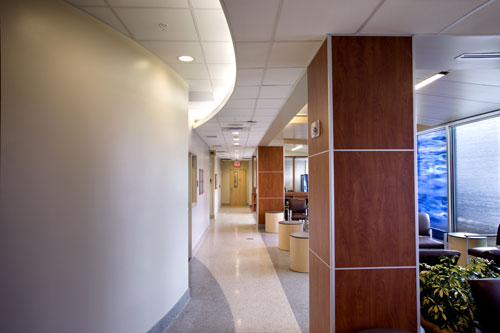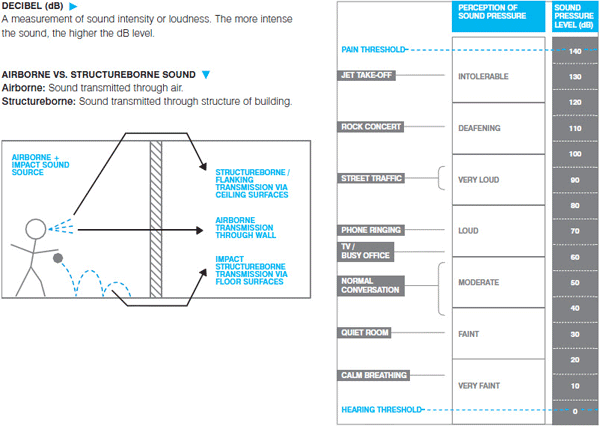Acoustical Control with Gypsum Board
Learning Objectives:
- Analyze and explore the fundamentals of interior acoustical design treatment and their relationship to green buildings and sustainable design.
- Examine the primary selection and specification characteristics of interior acoustical treatments.
- Assess the multiple other qualities of acoustical treatments that can contribute to green and sustainable building design.
- Recognize and identify the elements of a whole systems approach to acoustical management that collectively contribute to sustainable indoor environmental quality.
Credits:
Good acoustics and sound control have been increasingly recognized as part of the definition of a sustainable or green building interior environment. This has been linked to positive overall indoor environmental quality (IEQ) characteristics and critical to certain high occupancy building types such as schools, hospitals, hotels, and multi-family housing among others. Awareness of this importance of acoustics is becoming evident with its inclusion in the sustainability requirements in many green building programs and codes including LEED 2009 for Schools, the Green Guide for Health Care, and the International Green Construction Code (IgCC). Designing and specifying buildings and interiors to meet these emerging requirements is now possible with a simplified and more economical process using gypsum board that is specifically designed and manufactured to enhance acoustical performance. Referred to as noise reducing gypsum board this material is becoming a preferred choice among architects and others engaged in green building design.
INTERIOR ACOUSTICS FUNDAMENTALS
Acoustics is defined as the scientific study of sound. The majority of architectural acoustic situations consist of a source of sound (or noise), a path for that sound to travel through, and a receiver of that sound (person). The sound sources we are interested in can originate from outside of a building or from an adjacent or nearby space inside a building. The sound transmission paths are those building elements through which noise from the source travels – usually in walls assemblies and ceiling/floor assemblies. This path can also include airborne transmission through openings in building walls and ceilings such as open doors, windows, mechanical grilles and ductwork. Alternatively, the path can be structure borne since sound transmits through solid materials even more so than through the air. The receiver is a person or group of people who are using or occupying a building space.
 |
Noise reducing gypsum board can be used in a variety of settings to increase acoustic performance and enhance indoor environmental quality. Photo courtesy of CertainTeed Gypsum |
The effect of the transmitted sound on the receiver is the issue at hand. Hearing some sweet background noise may enhance an indoor environment. But more likely transmitted sounds will interfere with our daily activities like trying to talk on the phone, sitting in an examination room or conducting a class and thus reduce the indoor environmental quality. Part of the determination of this quality is the sound intensity or loudness as measured in decibels (dB) that can range from very faint to intolerable sound levels. The more intense the sound the higher the dB level with the corresponding higher detrimental impact on people.
 |
Airborne and structure borne sound is measured in decibels (dB or dBA) with varying levels having corresponding perceptions and impacts on people. Image courtesy of CertainTeed Gypsum |
There are four fundamental aspects of sound and its transmission that are used to address acoustical design and the impact on interior environmental quality within buildings. Each of these is discussed briefly below.









